Why Back to the Future is back centre stage in a new musical adaptation
Director Robert Zemeckis opens up about the pivotal moment that made the trilogy – now a musical – possible.
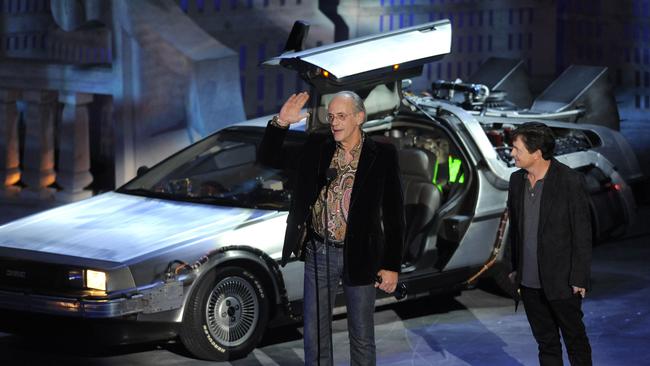
It is almost 40 years since Back to the Future opened in cinemas, telling the story of time-travelling teenager Marty McFly and scientist Doc Brown, and becoming the highest grossing movie of 1985. Marty accidentally hits 88 miles per hour in the DeLorean time machine and is transported to 1955 where he meets his parents and endangers his existence. Heavy!
It is a mix of action, adventure, comedy, romance, sci-fi and buddy film starring Michael J. Fox and Christopher Lloyd. It spawned two sequels travelling to the hi-tech future of 2015 and wild west past of 1885. The trilogy has never been more popular, with cast reunions, fan events, merchandise, books and repeat screenings.
Now it is back as an all-singing, all-dancing musical with spectacular projections, special effects, lighting and sound, wowing audiences in Britain and the US. It has been seen by more than three million people, won an Olivier Award in London and was nominated for Tonys in New York. It will open in Sydney in 2025 and is heading to Germany and Japan.
Robert Zemeckis directed the films and talks exclusively to Review about the movie that captured the imagination of lovesick, guitar-playing, skateboarding teenagers and continues to attract new fans. He is one of Hollywood’s most accomplished directors, with Forrest Gump (1994), Cast Away (2000), Contact (1997) and Who Framed Roger Rabbit (1988) among his credits.
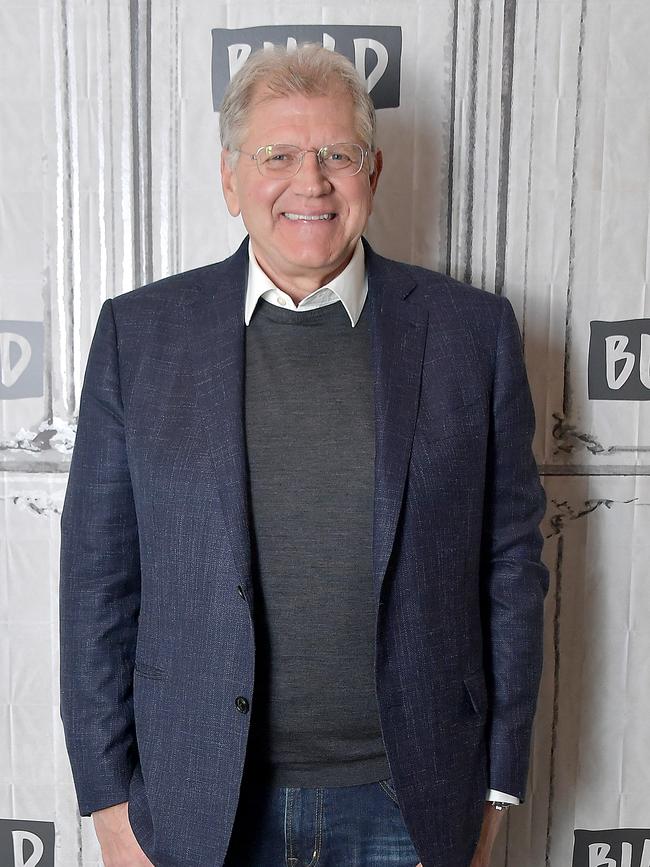
I first saw Back to the Future as a nine-year-old in 1985. I’ve never stopped thinking about it. It’s had a huge impact on my life. Thank you for giving me that lifetime experience with this film. When you were making it, did you have any idea how successful it would be?
You are very welcome. The only thing that you hope for, whenever you are making a film, is that it makes $1 of profit because then they’ll let you make another one. That’s all that you can ever think about when you’re fortunate enough and privileged enough to make a film.
Michael J. Fox and Christopher Lloyd are one of the great movie duos. What was the secret to their screen chemistry?
They are two comedic geniuses and a wonderful alchemy happened when they were put together in a scene because whether they knew it or not, their timing, their rhythm and everything they instinctively know about comedy performance just multiplied, and it was like putting two spectacular chemicals together to create something fantastic.
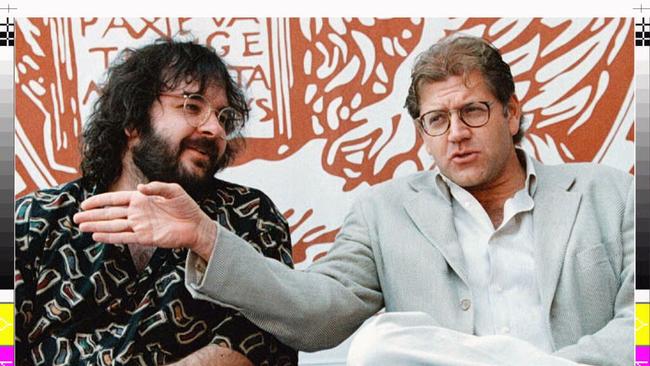
The casting of Eric Stoltz as Marty, and filming for five weeks, is one of the great movie what-ifs. What would have happened if you finished the film with him in the key role?
I have no idea. It would have been a different movie. That’s about all I can imagine.
Tell me about the inspiration for the story. I interviewed Bob Gale (co-writer and producer) a few years ago and he told me about finding his father’s high school yearbook and wondering what he would be like as a teenager. Is it right that you had talked about making a time travel movie before that?
We were thinking of a time travel movie where you were in the 1950s and you travelled to the present day but it was the future as seen through the lens of the ’50s. So, there might have been flying cars and it was like an alternate universe. The only thing that held over from that first idea was the modified DeLorean at the end of the movie where it flew.
The original script had a fridge as a time machine, sparked by a nuclear explosion. Would that have worked?
It would have been pretty cool to do a scene at a nuclear test site. One of the things that we struggled with was moving this bulky time machine around. So, then the idea was let’s make the time machine a vehicle. The gag that we wanted to do was where the farm family sees the time machine and thinks it is a spaceship and so a stainless steel car with a gull-wing door fit that bill perfectly.
Lea Thompson (Lorraine Baines), Crispin Glover (George McFly) and Tom Wilson (Biff Tannen) are perfectly cast. The characters have so much depth. You immediately see who they are, what they want out of life, what their disappointments and hopes are. Why do you think that particular group of actors worked so well?
You work really hard to cast the best actors you can find. You just have a shadow of the character in your mind from the screenplay and then all of a sudden an actor comes in and reads a scene and improves it with their reading. Another dimension appears. When that happens, that’s just magic.
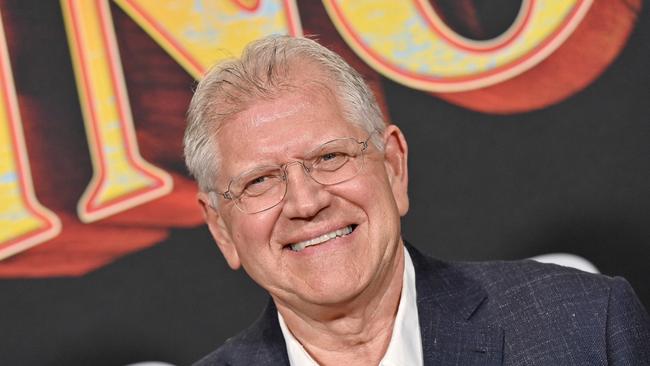
Steven Spielberg was executive producer on Back to the Future. You had success directing Romancing the Stone (1984) but how important was Spielberg in getting Back to the Future made?
Back to the Future was rejected everywhere. The only producer who had any faith in the idea was Steven. We had a heart-to-heart conversation where I said, “If I make this movie and you produce it and it’s a box office failure, then maybe my career will be over.” And he said, “Yeah, you’re probably right.” After I made Romancing the Stone, and it was successful, everybody wanted to do Back to the Future. Bob (Gale) and I thought the only person we should go back to is Steven. By that time, Steven had become a brand name and a label of a certain type of movie which Back to the Future was perfectly. So that was a real advantage. He had a lot of clout at the studio and he was able to smooth out a few rough spots, most famously when the head of the studio wanted to change the title of the movie (to Space Man From Pluto). It was great to have somebody with that kind of power behind a project like Back to the Future.
I have seen the musical twice in London and loved it. It is a kind of a love letter to the film that has a lot of heart, energy and humour. What did you like most when you first saw it on stage with an audience?
I loved what ultimately was the excellence of the film and in every department from the cast to the stage illusions to the set design, that was just wonderful. It is a stand-alone musical that is a perfect companion to the movies. What it really turns out to be is a musical with a sensational book. Most musicals don’t have a story that’s as good as the Back to the Future story as their underlying foundation. There’s a friend of mine who had never seen any of the movies for some reason. I invited him to the premiere in Los Angeles and he loved the musical beyond belief. Afterwards, I said, “Well, now you can watch the movies.” And he goes, “I’m afraid maybe those movies won’t be as good as this musical.” I thought, well, mission accomplished.
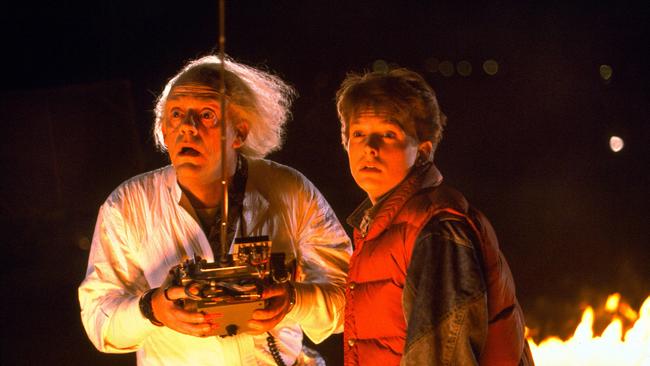
Your wife, Leslie, had the idea for the musical. Is that right?
Yeah. We were walking out of The Producers on Broadway and she said, “You guys should take Back to the Future and make it a musical.”
You have said many times there will never be a Back to the Future Part IV and there won’t be a remake. But you would direct a film version of the musical?
Mel Brooks made the movie (The Producers) and then he made the musical and then he made a movie of the musical. I would absolutely love to film it because I’ve never done a musical. It is different enough again to stand on its own as a musical companion to the trilogy.
So, would you have a new cast like in the musical?
You would have to have a new cast and it would be all-singing, all-dancing, just like the musical.
If you were setting out to make Back to the Future today, have you thought about how it might be different?
It would never get made today. The screenplay of Back to the Future would terrify anyone who read it in today’s world. They would say, “We don’t know what to do with this. We don’t know how to market anything that’s original like this. So we can’t make it.”
Well, that’s a bit sad.
Very sad but obviously true if you look at what’s being made and what the audiences decide to see.
I really enjoyed your last film, Here (2024). I was wondering whether AI technology – and you have been a pioneer in this – presents any opportunities to bring back Michael J. Fox and Christopher Lloyd in some kind of way, perhaps in the musical version or something else.
You could completely do that. You would do an animated version of them but they would be 100 per cent photo-real puppets. You would have to get their approval to use their licences and that sort of thing. You could do it using very sophisticated high-powered computing.
Back to the Future Part II (1989) has also become iconic because many of the predictions in 2015 came true and Part III (1990) is unique because it’s a classic western and the only western you have directed. Are there other time periods you would like to see Marty and the Doc time travel to?
Our time travel device only travels through time; it never travels through space. You can’t get in the time machine and travel to ancient Greece. You have to stay in Hill Valley. That’s why the trilogy works so brilliantly because Hill Valley was a western gold rush town, and before that just a wilderness. In the future it became a modern Californian city.
Why do you think Back to the Future has continued to have such cultural resonance for so many generations?
We have gone through four generations now, so there’s something about the universality of that story that transcends all of that.
Well, thanks Bob. I cannot imagine as a nine-year-old kid watching Back to the Future that I would get to sit with the director 40 years later and talk about it.
That is a testament to the movie and I really appreciate that. Thank you so much.
Back to the Future: The Musical is at the Sydney Lyric from September 26. Tickets go on sale February 14. This interview has been edited. www.backtothefuturemusical.com.au.




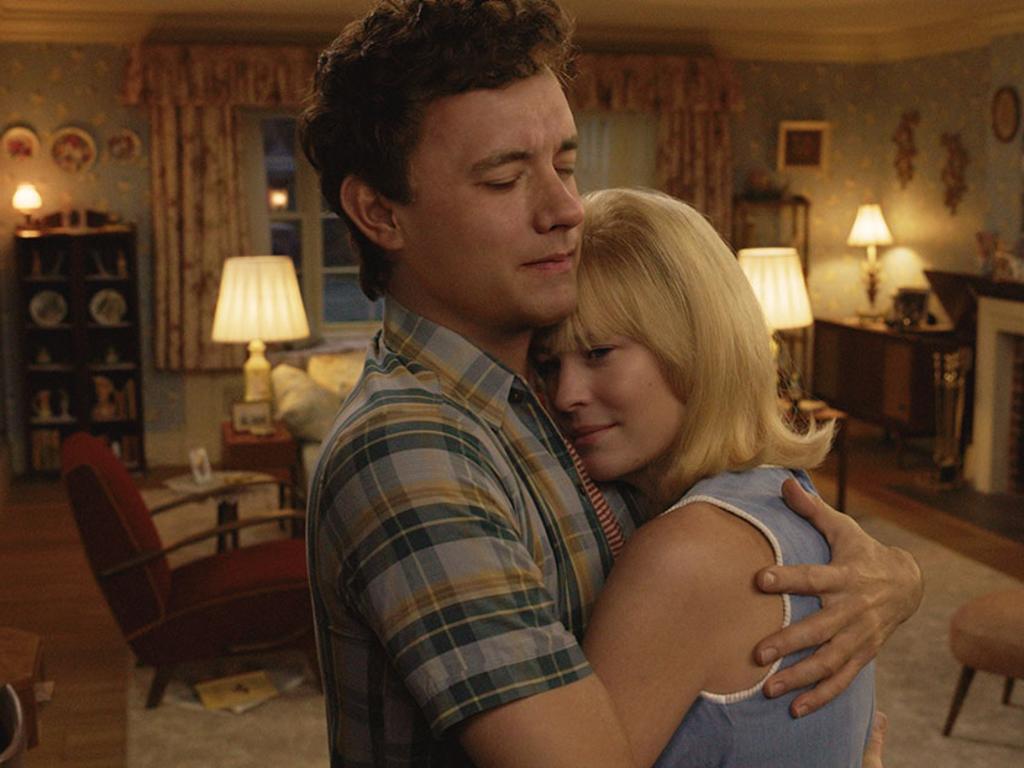
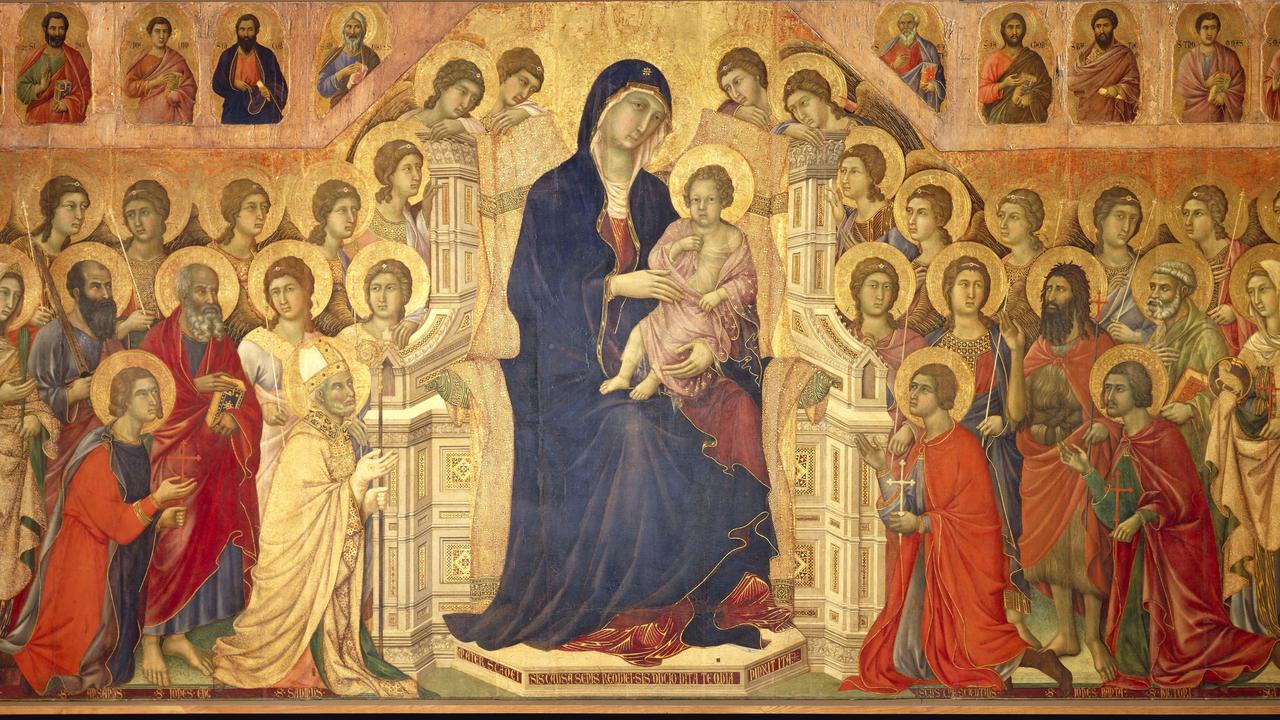
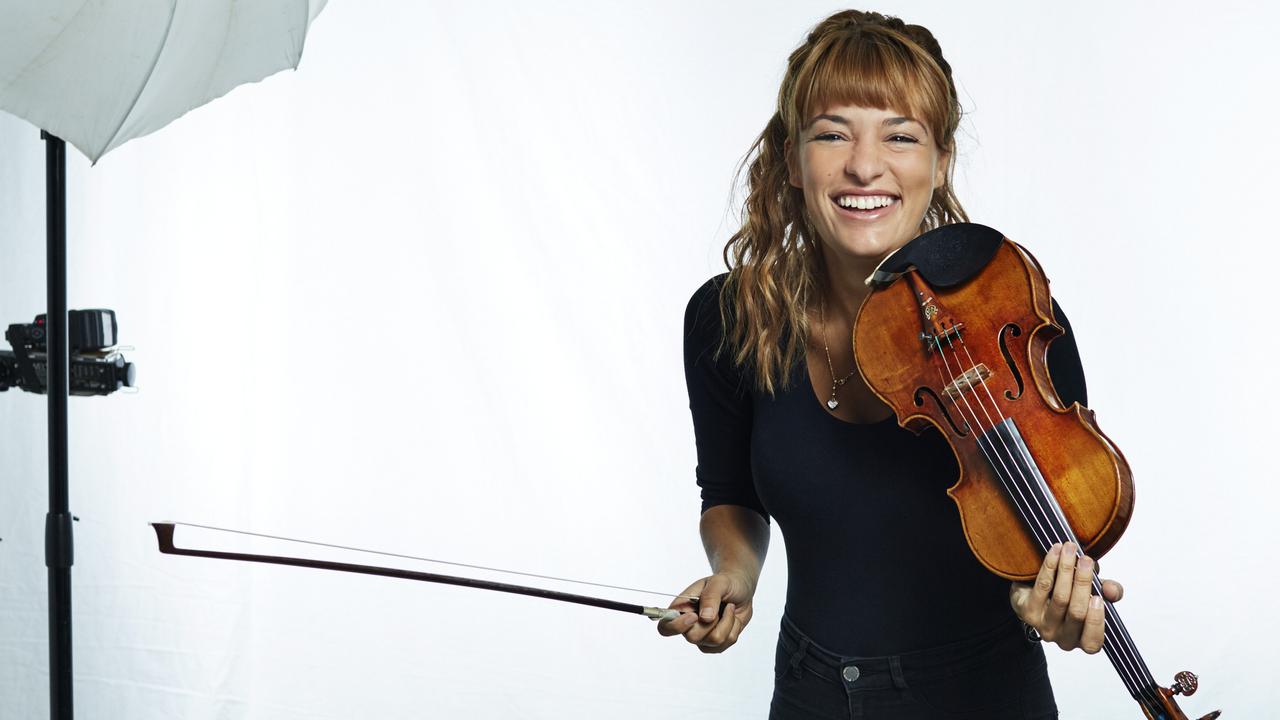
To join the conversation, please log in. Don't have an account? Register
Join the conversation, you are commenting as Logout